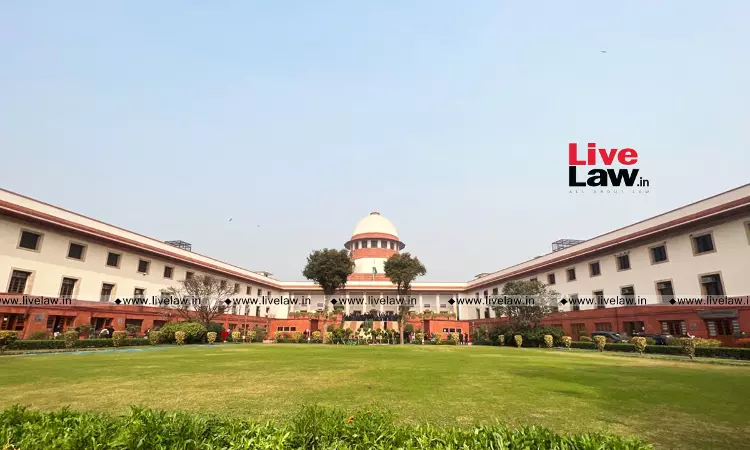The Supreme Court today pronounced its judgement in the All India Judges Association v. Union of India matter, which was pertaining to pay hike of judicial officers as per the recommendations of the Second National Judicial Pay Commission (SNJPC). Through its judgement, which was authored by Justice PS Narasimha, the court examined and accepted various recommendations of the SNJPC on...

